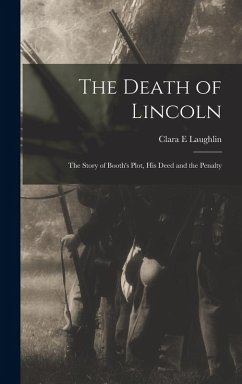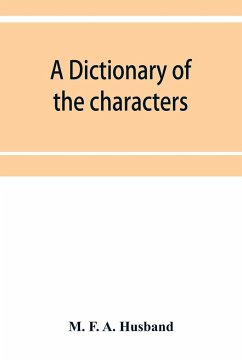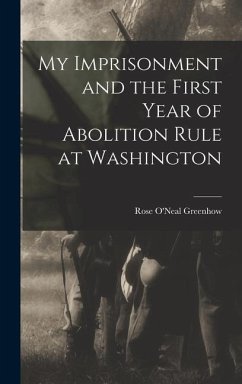
Dear Freedom. Imprisonment and the Death Penalty in Novels of the South

PAYBACK Punkte
0 °P sammeln!
Imprisonment and the Death Penalty in the Novels of the South, the title and context of this doctoral thesis, aims at a literary and cultural analysis of how the experience of confinement and the ensuing death penalty features in a selection of novels on prison and execution, mainly in the US-American South. The purpose is to analyze and show the effect the rigid use of power within prisons can and does have on death row inmates and their families, as represented in fiction. In this context my study is based on three questions: How do power and control over the incarcerated subject appear in t...
Imprisonment and the Death Penalty in the Novels of the South, the title and context of this doctoral thesis, aims at a literary and cultural analysis of how the experience of confinement and the ensuing death penalty features in a selection of novels on prison and execution, mainly in the US-American South. The purpose is to analyze and show the effect the rigid use of power within prisons can and does have on death row inmates and their families, as represented in fiction. In this context my study is based on three questions: How do power and control over the incarcerated subject appear in the fictional novel? How far can an analogy be stated between reality and fiction in respect to incarceration and treatment of minorities, such as African Americans, juveniles, mentally retarded, and women? How has the representation of the villain changed within the 20th century, and does this change reflect a different perception of the criminal in society? My research includes fifteen novels depicting the life of the protagonist sentenced to death and one serving a life sentence in the time between 1925 and 2005 in the US American South. Protagonists are white or African American male convicts; some of them juvenile and/or mentally retarded. African American and white women are also represented as prisoners, but in a considerably lower number than their male counterparts. Reasons for this dissimilarity will be discussed in the chapter on women on death row. I have chosen a chronological approach in the selection of the texts in order to reflect cultural changes and continuity in the representation of the culprit and the execution of the law under the influence of power and control as mirrored in the chosen texts.













